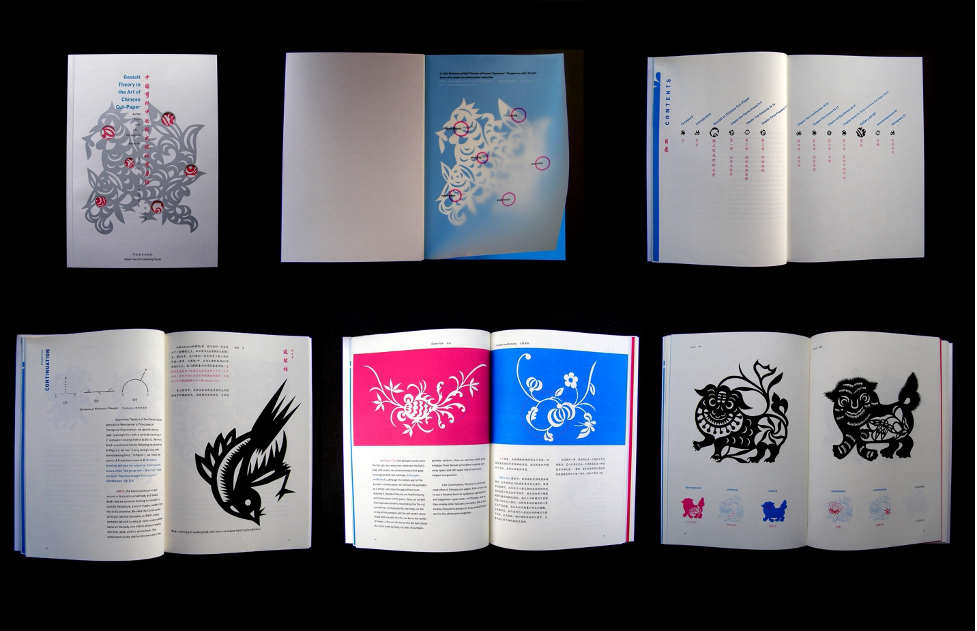Written by Alexis Schramel
Please join us in learning more about Xinran Hu ’02 and her creative practice.
Which year did you graduate and what brought you to MCAD for your MFA? Could you speak a little bit about your background?
I graduated in May 2002. Although I applied to several MFA programs in the U.S. as a junior designer in Beijing, I received a merit scholarship from MCAD—that scholarship convinced the visa officer to issue me a visa. At that time, it was difficult for art and design students to receive scholarships and visas (much easier for science and engineering students).
How did your art change while you were at MCAD?
At MCAD my creative practice changed totally: I learned professional design processes, design research, design methodologies; and I truly understood design’s power. Before the MFA program, I designed mainly by instinct, with limited research. But during and after MCAD, I discovered my confidence and knew I could survive anywhere in the world as a designer.
Do you have a favorite memory from your time in the program?
Graduate school was one of the most challenging times in my life. With the language, financial, and academic challenges, those years for me resembled being a phoenix: of course, I experienced mental and emotional pain, developed dedication and perseverance, and ultimately achieved rebirth. I remember that I cried twice during group critiques because, although I tried my best, it was not good enough. I was not, however, the only one with that difficulty and disappointment; in fact, all of my classmates cried at least once. In the end, however, the hard work paid off. When we graduated, we knew MCAD prepared us well for professional design career. In particular, I thank my mentor, Jan Jancourt, and other design faculty for their consistently high standards. The happiest moment in my life was when I graduated: I lay on the grass outside the MCAD building and enjoyed that moment, a dream coming true moment, relaxing, thinking nothing, doing nothing, not even worrying about my next career journey.
What’s next? Any new projects or life events that are in the pipeline?
I am now working on research assessing empirically the link between Gestalt principles, viewers’ visual attention, and their perception by using eye-tracking technology. Thus far, my research results indicate that viewers respond predictably to most Gestalt principles. I have discovered, though, essential nuances regarding the closure principle. In addition, my results reveal a fundamental distinction between visual attention and visual perception. By grasping this critical difference between attention and perception, designers may successfully apply Gestalt principles to their designs. Here is a link to the paper I published recently concerning this research.

Discover Chinese - an iOS App, teaches Chinese language based on etymology: this etymology indicates the language’s uniqueness as an imagery-based language, and it reflects both history and culture behind the language.



